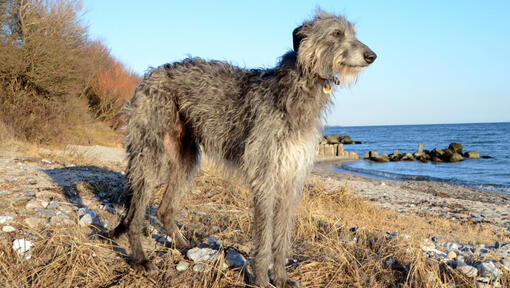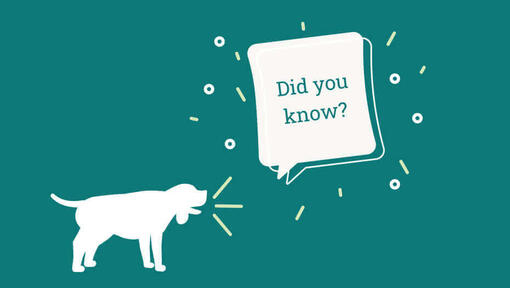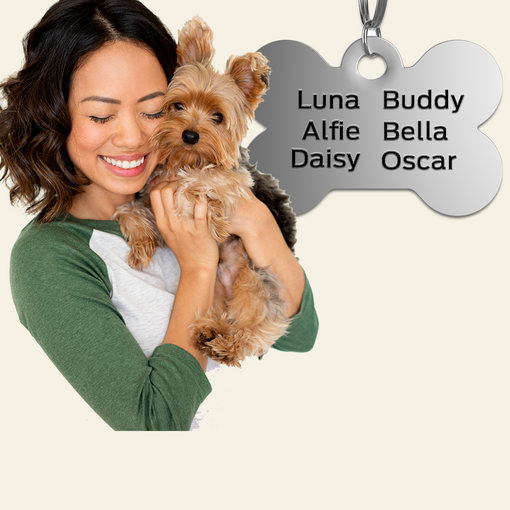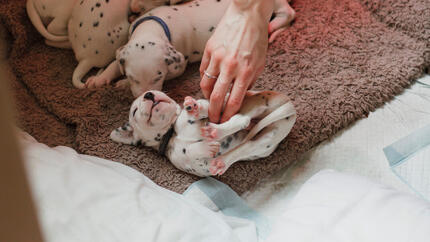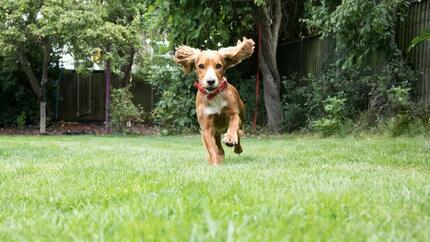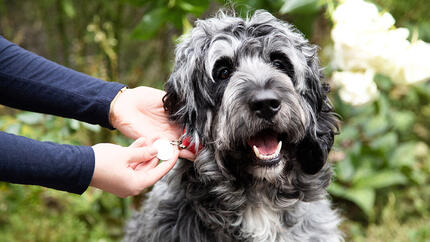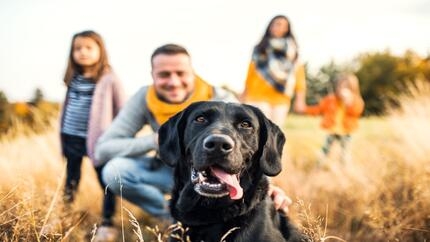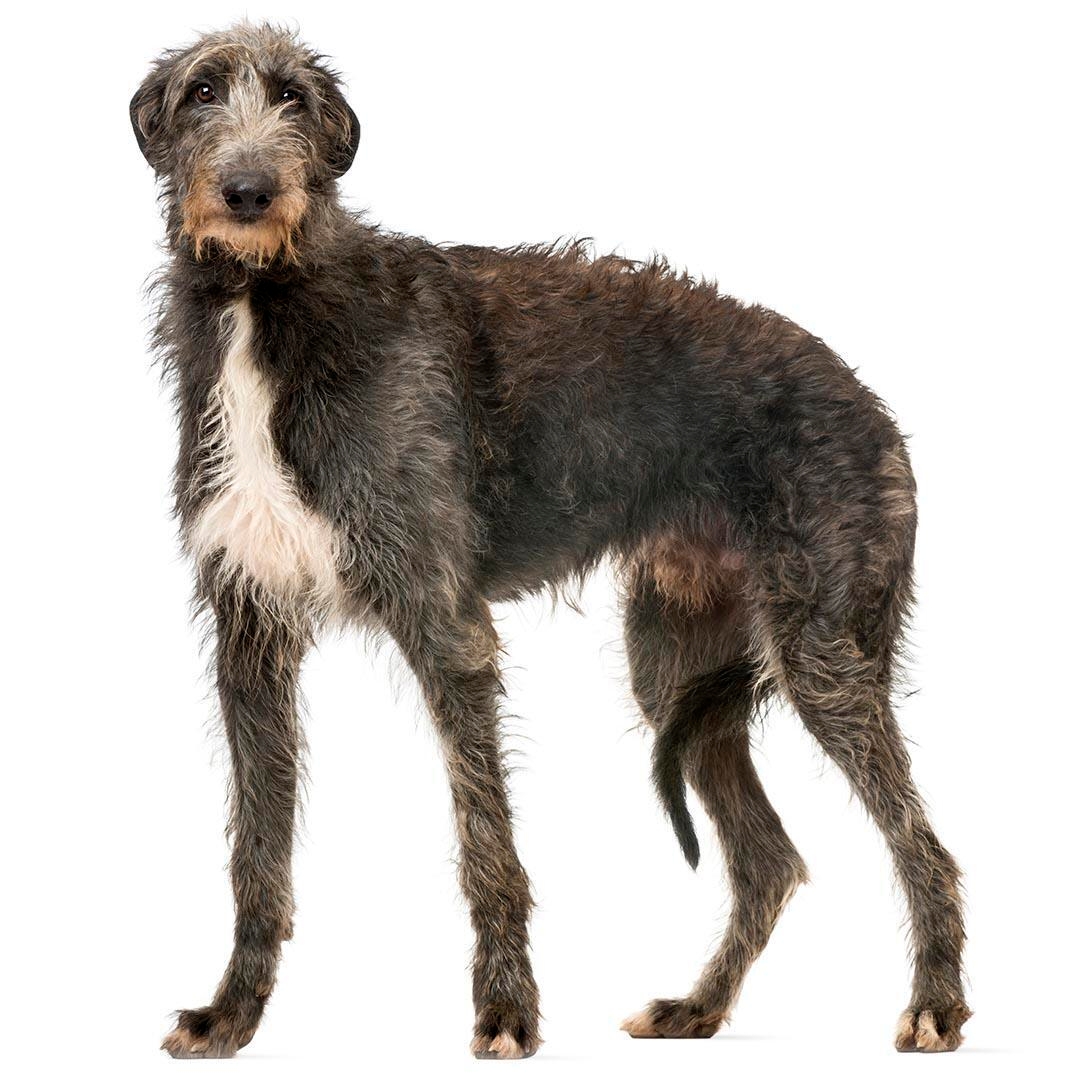
The most serious health problems that the Deerhound breed is predisposed to are an aggressive type of bone cancer and heart disease. Recognised inherited disorders include liver and eye conditions, but due to routine screening and careful breeding programmes these are relatively rare.
Check with Breed Clubs and the Kennel Club for updates to health information.






